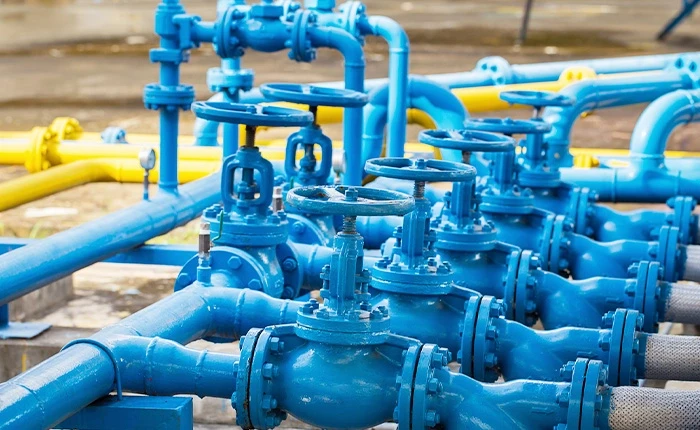12 月 . 04, 2024 15:56 Back to list
Understanding the Functionality and Benefits of a Butterfly Valve in Fluid Control Systems
The Versatility of Butterfly Valves in Modern Industries
In the vast landscape of industrial applications, few components are as pivotal as valves, and among them, the butterfly valve stands out due to its remarkable versatility and efficiency. A butterfly valve, characterized by a rotating disc that regulates flow, is an essential investment for numerous sectors, including water treatment, food processing, oil and gas, and HVAC systems. This article explores the anatomy, functionality, benefits, and various applications of butterfly valves, shedding light on why they are a preferred choice in modern industrial settings.
Anatomy and Functionality
The fundamental design of a butterfly valve features a disc mounted on a rod
. When the valve is closed, the disc is perpendicular to the flow of liquid or gas, effectively blocking it. Conversely, when the valve is open, the disc rotates parallel to the flow, allowing fluid to pass through with minimal resistance. This unique design allows for a quick on-off operation and precise throttling capabilities.Butterfly valves can be constructed from various materials, including stainless steel, cast iron, and plastic, making them adaptable to different environments and fluid types. The choice of material is crucial, as it influences the valve's performance, longevity, and corrosion resistance. Additionally, butterfly valves can be operated manually or automatically, using electric or pneumatic actuators, further enhancing their flexibility in diverse applications.
Benefits of Butterfly Valves
One of the primary advantages of butterfly valves is their compact design, which allows for space-saving installations. Unlike other valve types, such as gate or globe valves, butterfly valves do not require extensive space for operation, making them ideal for environments where space is limited. Furthermore, they generally provide lower pressure drops, contributing to energy efficiency in process systems.
Their straightforward operation and maintenance requirements also contribute to their popularity. Butterfly valves are easier to repair and replace compared to more complex valve types, which can result in significant cost savings over time. Additionally, the quick opening and closing mechanism of butterfly valves facilitates rapid adjustments in flow control, crucial for maintaining optimal process conditions.
a butterfly valve

Applications Across Industries
Butterfly valves find applications in various industries due to their adaptability and efficiency. In the water treatment sector, they are employed to control the flow of water in pipelines, ensuring efficient management of resources. The food and beverage industry also relies on butterfly valves to regulate the flow of liquids, maintaining quality and safety standards during processing.
Moreover, in the oil and gas sector, butterfly valves are often used in pipelines to manage the movement of oil and natural gas. Their ability to operate in extreme temperatures and pressures makes them suitable for this demanding environment. Similarly, in HVAC systems, butterfly valves are utilized for air flow control, enhancing energy efficiency and comfort in commercial and residential buildings.
Environmental Considerations
The growing emphasis on sustainability in modern industries has further propelled the adoption of butterfly valves. Their efficient design contributes to reduced energy consumption, and advancements in materials and technology have led to the development of eco-friendly options. For instance, manufacturers are now producing butterfly valves using recyclable materials and designing them to minimize leakage, thereby reducing environmental impact.
Conclusion
In summary, the butterfly valve remains a crucial component in various industrial applications, thanks to its simple yet effective design, cost efficiency, and adaptability to different environments. As industries continue to evolve and prioritize energy efficiency and sustainability, the role of butterfly valves is likely to expand even further. Their ability to control the flow of various media with precision and reliability makes them indispensable in the toolbox of modern engineering and industrial practices. Whether in water treatment facilities, food processing plants, or oil and gas pipelines, butterfly valves are an unsung hero in optimizing processes and ensuring fluid management. Embracing advancements in technology and materials, butterfly valves will undoubtedly continue to thrive in the face of changing industrial demands.
-
Y Type Strainers: A Comprehensive GuideNewsOct.18,2024
-
Understanding Water Valve Options for Your NeedsNewsOct.18,2024
-
Functions and TypesNewsOct.18,2024
-
An Essential Component for Fluid SystemsNewsOct.18,2024
-
Adjustment and ReplacementNewsOct.18,2024
-
Slow Closing Check Valves: A Key Component in Fluid SystemsNewsOct.08,2024
Related PRODUCTS









